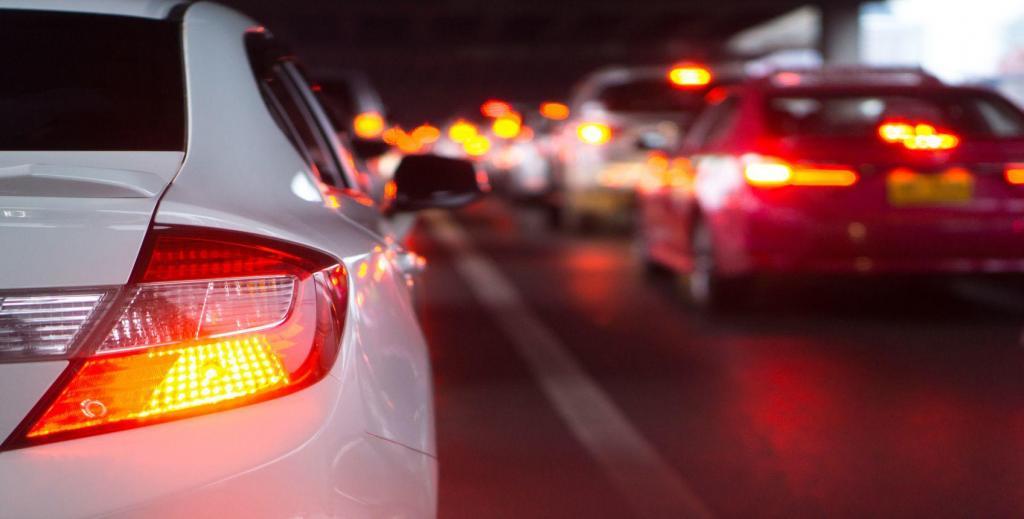While braking a car might seem like the simplest of manoeuvres, it is in fact one of the hardest to perform properly. As a result of this most new vehicles are fitted with a variety of active safety features design to assist drivers while braking.
This technology can make the difference between life and death in an accident situation. However, it can also conceal and even encourage bad driving habits that will impact the performance and longevity of a car’s brakes, suspension and tyres. This in turn can increase risk in many hazardous road situations where optimal brake and tyre function are required to prevent an accident.
Skilled braking therefore not only makes for a more pleasant ride, but extends the life of several car safety systems and can play a crucial role in improving your safety on the road.
Get fairer car insurance. Based on how you drive
Basic braking
The first rule of skilled braking is to avoid sudden braking in any situation that does not require you to emergency brake.
The rules here are simple:
- don’t jab the brake, instead slowly and smoothly apply pressure to it
- when you have stopped or slowed down ease your foot off the brake slowly, and don’t suddenly release the brake pedal.
Braking slowly and smoothly not only results in a more comfortable ride for car occupants, but also prevents sudden weight transfers between the front and rear of the vehicle. Over time these weight transfers can stress your car’s suspension system and impair its performance in an emergency situation.
If you brake a car smoothly and skillfully, your car will come to a stop without tipping forwards slightly on the suspension and rocking back afterwards.
If you use the UbiCar app, it will keep tabs on your braking behaviour and score your braking after every trip. To maintain a high braking score you’ll need to avoid decelerating your car by more than 3.2 m/s2 for a duration of 600 milliseconds or more. The more frequently UbiCar senses you braking harshly over the course of a trip, the lower your score for that trip will be.
Using the handbrake
Handbrake turns are best left to racing or stunt drivers. Unless you have taken an advanced driving course, you should only use your handbrake in three situations in normal conditions:
- whenever parking your car
- when you come to a temporary stop on an incline
- when you come to a stop in traffic and expect to remain stationary for an extended period of time.
In other words in normal conditions you should only use your handbrake when your car is stationary.
Braking on corners
The rule of thumb for braking while cornering is simple – don’t do it unless you are required to emergency brake.
Braking a car while you are simultaneously turning the steering wheel causes the forces of braking and cornering to gang up on your car’s tyres, increasing the risk of them losing contact with the road surface altogether. Instead you want your car’s tyres to be dedicated to handling the forces generated by cornering, without braking putting any additional stress on them.
Bring your car to a safe cornering speed before turning into any curve.
Emergency braking
The rules of braking change in emergency situations, where you will typically want to bring your car to a stop as quickly as possible.
New vehicles are fitted with anti-lock braking systems (ABS) which prevent wheel locking during emergency or hard braking. You should nevertheless know how to use and respond to the behaviour of this system if you are required to emergency brake:
- Apply the brake with full force, pushing the brake pedal as far down as it will go.
- Only turn your steering wheel if this is required to avoid a collision, and then avoid jerking it to one side if possible.
- Maintain maximum pressure on the pedal as your car brakes. You may feel the brake pedal pulse or judder, and it is important not to remove your foot if you feel this sensation – this is the ABS system doing its job.
- If you are driving a manual vehicle, do not engage the clutch while emergency braking. Even if the engine stalls this can assist your car in slowing down. If you slow your car to the desired speed before the engine stalls, you can safely engage your clutch to bring it to a complete stop.
Brake failure
In the event your brake pedal becomes unresponsive you may need your handbrake to bring your car to a stop.
To do this:
- Shift the engine into a lower gear.
- Pump the brake pedal quickly several times – this will sometimes build up enough brake fluid pressure to stop your vehicle.
- Only if this fails slowly raise your handbrake. This will most likely cause your car to skid as the brake locks the rear wheels and your car’s weight is suddenly transferred to the rear, so avoid doing this in the proximity of other cars if possible.
Advanced braking
Additional advanced braking techniques are available and used by professional drivers, and can improve car braking performance in a variety of scenarios. However, these are best learned and attempted under supervision from a qualified driving instructor in an advanced driving course.
Download UbiCar
UbiCar measures and scores your braking behaviour and will even reward you for better driving with fairer priced insurance.


